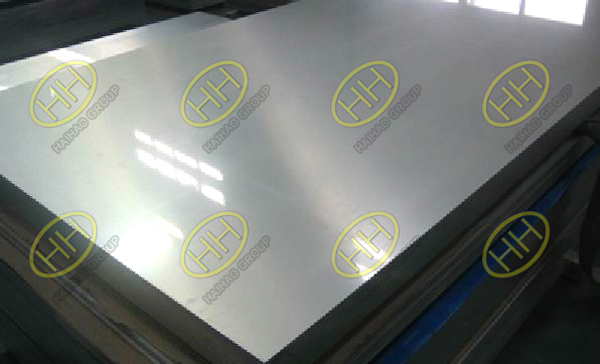The principle of strength lifting for stainless steel plate
The continuous strengthening of stainless steel sheet materials is constantly developing to meet the actual needs. There are many ways to strengthen the stainless steel plate. The strengthening of stainless steel plate can reduce the thickness of the plate, lighten the structural parts, and even improve the service life of the stainless steel plate material. According to the code of building standard, the stainless steel plate can be used for building structure. At present, because of the harsh application environment and the energy saving and environmental protection problems, the strength requirements for stainless steel plates are higher and more diversified.
The deformation of the strength of the stainless steel plate is mainly the dislocation movement, and the dislocation is the defect in the crystalline body of the material, which generally exists in the annealing state (1010-1012) /m ‘. If the movement of stainless steel plate which blocks the dislocation, it is difficult to produce deformation, so the stainless steel plate will be strengthened.
The methods of hindering dislocation movement and improving the strength of stainless steel plate are mainly solid solution strengthening, precipitation strengthening, processing hardening, martensitic transformation strengthening and grain refinement.
In essence, it is a combination of various methods, based on the need to develop stainless steel plate. Next, the mechanism of solid solution strengthening is introduced.
Solid solution enhancement means that the alloy elements are dissolved in pure metals, that is, adding other alloy elements (i.e., invasive) or replacing the parent metal atoms (i.e. replacement type) at the lattice atomic gap of the mother metal, and making the lattice of the mother metal twisted, because this kind of torsion is the formation of the stress field in the crystal, which will impede the material. The internal dislocation movement enhances the strength of stainless steel plates. In essence, stainless steel is a solid solution of chromium and nickel to iron. In other words, it is in a state of solid solution strengthening, but the solid solution and strengthening effect of chromium and nickel on iron is not very large, but the effect of carbon and nitrogen on solid solution strengthening is the greatest.
Solid solution strengthening can not only improve the strength of stainless steel plates at room temperature, but also improve the strength of stainless steel plates at high temperature. Therefore, compared with other strengthening methods, this method is little affected by the heat effect of welding, and is the best way to ensure the characteristics of welded joints.

